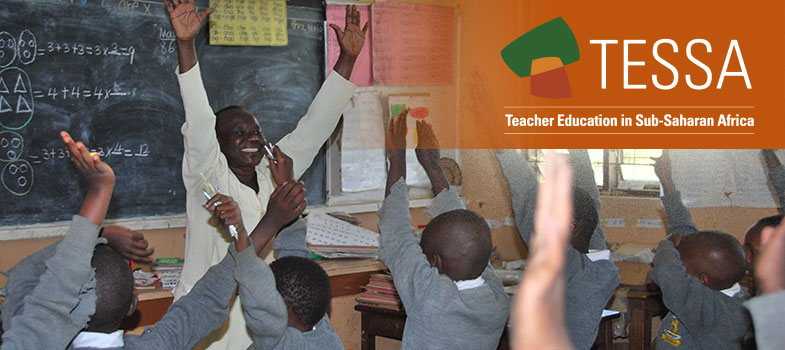3. Respecting differences
Appreciating the similarities and differences among your pupils will help you become a more effective teacher. You will be able to plan better to match their needs. If your pupils also understand themselves and others, they will become more confident about participating in class.
As the pupils realise the ways in which they are different from other people, it is important that they should not start to feel isolated or left out. Part of your role is to help them understand that agreeing with people on one thing and disagreeing on others is acceptable and not a reason for conflict.
When a child is seen to be different because of how they look or behave, other children may bully or tease them. Bullying can make children very unhappy. It damages their schoolwork and stops them from making friends.
Children need to learn how to interact with each other. Your role as teacher is crucial for helping them understand the difference between right and wrong.
How can you encourage this? Read Resource 4: Observing your pupils for an initial suggestion. Below are some other ideas you can use. Try them out. Are they successful? Did you have any problems?
Case Study 3: Helping pupils to respect each other’s differences
Mrs Ojo has a boy in her class who is an albino. One day, she had seen some girls laughing at him and calling him names. This made her upset, but she allowed herself to calm down and after school, she asked them: ‘Why were you behaving like that?’ She asked how they would feel if somebody teased them, and how they thought it made him feel. With questions like this, she helped them think about their behaviour. Thinking about this afterwards, she decided to help all her pupils respect each other’s differences.
The next day, in class, she used a story about a child with polio to start a discussion about how her pupils would feel if they had polio. She also used the words and ideas for talking about likes, dislikes and feelings when she needed to talk to the pupils about their behaviour.
When two boys were fighting, Mrs Ojo talked with them, one at a time, to find out why they were angry with each other and helped them resolve their conflict. When one child was sitting alone, she asked others to find out why and make friends with him. This way, her pupils began to look after each other. Mrs Ojo was pleased.
Key Activity: Role play about differences
Read the Key Resource: Using role play/dialogue/drama in the classroom [Tip: hold Ctrl and click a link to open it in a new tab. (Hide tip)] .
- Organise your pupils into groups of five.
- Ask each group to imagine two brothers or sisters whose likes and dislikes are opposite. Ask them to imagine a conflict between them.
- Ask them to role-play the conflict. Two members of the group will be the brothers or sisters. The others could be the mother, father and grandparent.
- First, they should role-play the conflict, and then discuss the conflict all together. Next they should role-play the resolution, which should be a peaceful one.
- Next, the group should discuss their ideas about the causes of the conflict and the resolution.
- Finally, ask each group to act out their role plays to the class, and explain the lesson that they learned. Collect each of these lessons together and display them on the wall to remind everyone.
- If you have time, at the end of each role play, allow the rest of the class to ask questions to the group or give further ideas as to how the conflict could be resolved. Ask questions to the group or give further ideas as to how the conflict could be resolved.
2. Finding out what pupils think and feel



